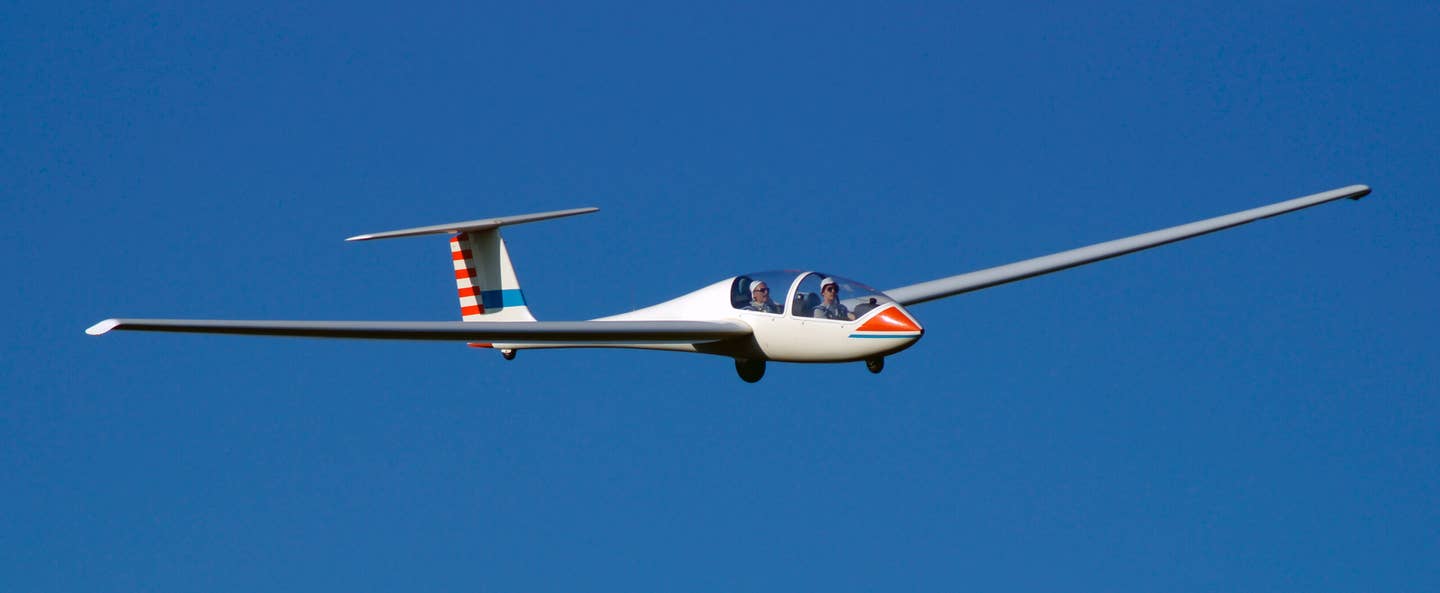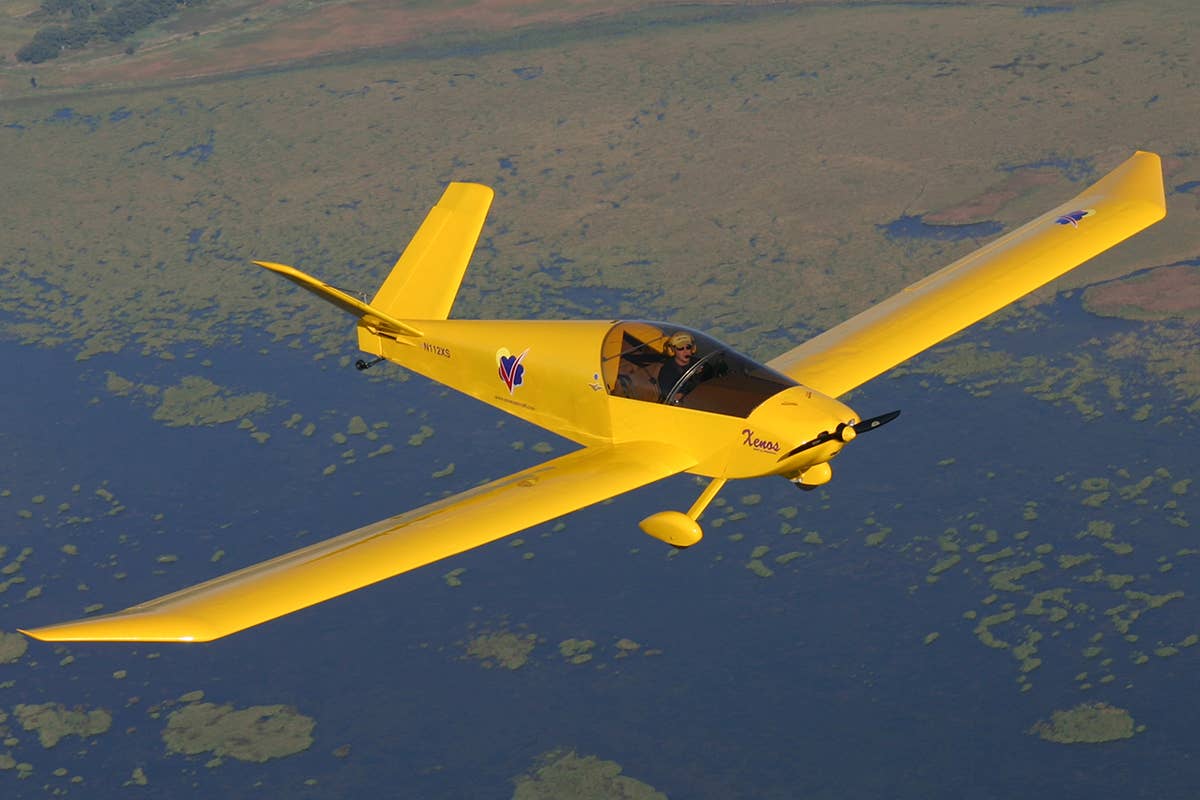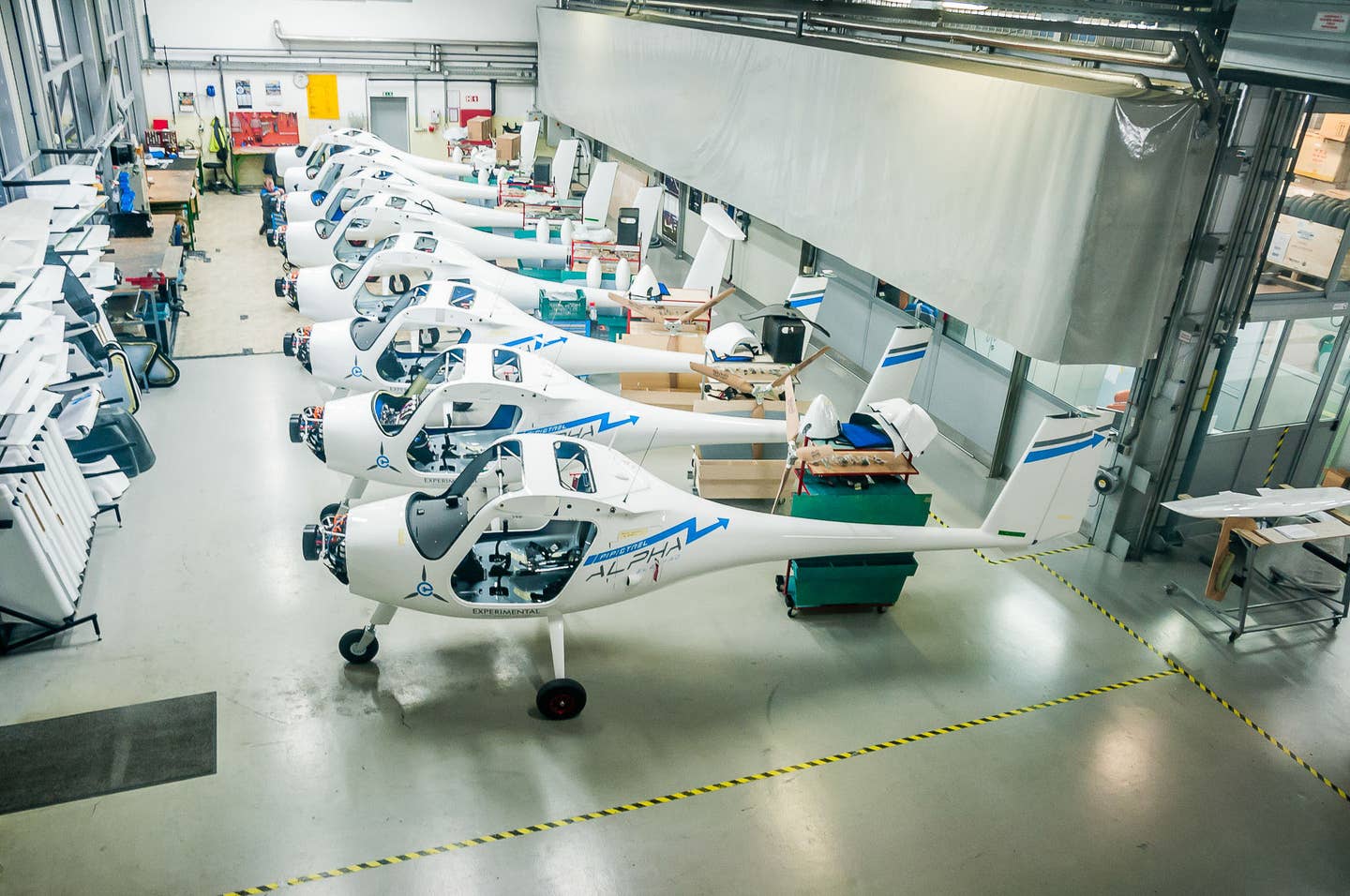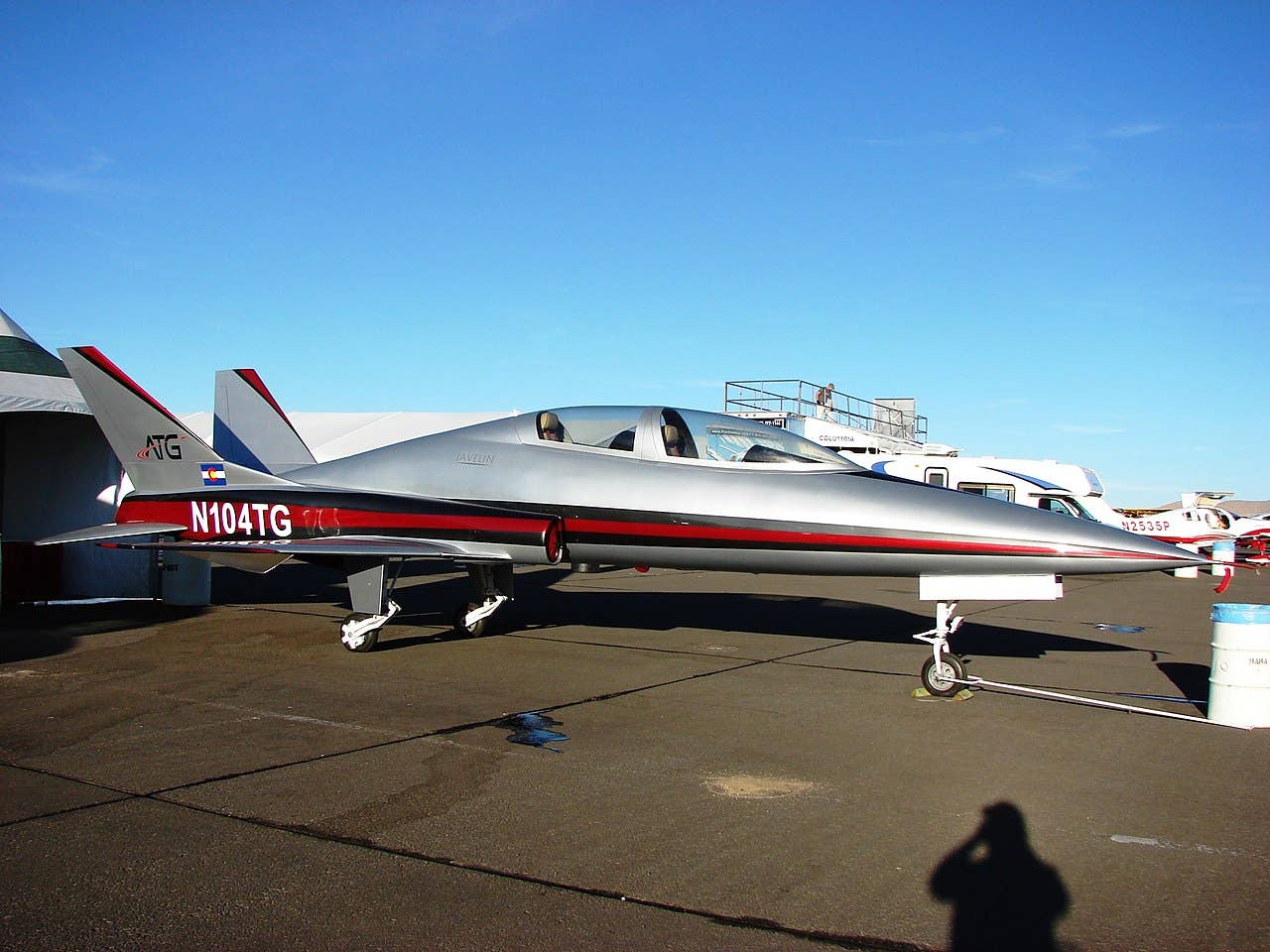How Much Money Do You Need to Retire? It’s All About Final Glide
There’s a tried-and-true rule that works for most people, but not everyone.

The concept of final glide can also help with your finances. [File Photo: Adobe Stock]
A good glider pilot can maximize flying fun for the dollar like no other. When I instructed at the Black Forest Soaring Society (BFSS) at Kelly Air Park in Colorado, the pilots with personal racing gliders would launch every Saturday or Sunday around noon. They’d immediately head west and start catching thermals before spending the rest of the day galavanting around the Rocky Mountains. We wouldn’t see them again until just before sunset after the thermals had all died out. They got all that flying for the reasonable cost of a monthly membership fee, and a $40 launch behind the club’s towplane.
The BFSS pilots knew they could safely reach home at the end of the day because they were able to calculate what glider pilots call “final glide.”
“A good glider pilot can maximize flying fun for the dollar like no other.”
Glider manufacturers publish a characteristic called “glide ratio” for each of their aircraft. A ratio of 30:1 means that a glider can travel forward 30 feet for every foot of altitude lost. The highest-performance gliders in the world have ratios above 60:1, meaning that for every 100 feet of altitude lost they can travel forward a full nautical mile.
Knowing this ratio, a glider pilot can calculate their maximum flight range at any given time. When glider pilots go cross-country, they keep an airfield or suitable landing area within final glide at all times.
Final Glide for Your Finances
The concept of final glide is the perfect analogy to introduce a similar concept for personal finances.
Let’s say you’ve saved up $1 million and you’re ready to retire. How long will your money last?
If you spent $100,000 per year, we know it’d last at least 10 years. However, since you read this column, you’re smart enough to put their money to work for you, right?
You might have spent $100,000 your first year, but the other $900,000 was earning interest. If we assume a conservative 5 percent return, your balance at the end of year one will be $945,000, despite your lavish spending.
Based on this, you could expect your money to last longer than just 10 years.
How much longer? It turns out, a group at Trinity University did a study to give a better answer. The Trinity Study asked, “If I retire at 60 years old and expect to live another 30 years, what percentage of my nest egg can I spend each year and reasonably expect to not run out of money before I die?”
The researchers then looked at every 30-year period in the history of the U.S. stock market. They ran scenarios where a theoretical retiree spent anywhere from 3 to 12 percent of their original nest egg balance each year, and looked at which spending levels kept that balance above zero for at least 30 years.
In many scenarios, our theoretical retiree could spend up to 7 percent per year and not run out of money. However, even in the worst possible scenario, retiring the day before Black Thursday that kicked off the Great Depression, a retiree could spend 4 percent of their portfolio per year and be safe. This is now known as “The Four Percent Rule” among financial independence enthusiasts.
A glider pilot might intuit this by saying their money has a 4:1 glide ratio.
Conservative Estimates
Glider pilots never count on getting the published glide ratio out of their aircraft. Anything from wind to sinking air to bugs on the leading edge of your wing can affect performance. To be safe, glider pilots only ever count on half their published glide ratio.
I feel like we need to be conservative when it comes to money as well. Thankfully, the Four Percent Rule is based on conservative assumptions.
First, 4 percent isn’t the only number that works. In many 30-year periods, it would have been possible to sustain much higher levels of spending without running out of money.
Next, you’re probably wondering about our old friend, inflation. It turns out, the Trinity Study accounted for this in its numbers. The study includes one set of charts ignoring inflation, and a second set of charts adjusting for historical inflation rates. Even taking this into account, the Four Percent Rule held true in 95-98 percent of periods considered, depending on how you invested your money.
Personally, I’m happy to take those odds. If you weren’t you could potentially use a 3-3.5 percent rule instead.
One of the most exciting results of the study was it showed that, in most cases, the balance in a retiree’s account at the end of 30 years remained at or above the amount they’d started with. In most cases, the balance more than doubled.
This suggests that as long as you spend less than 4 percent of your investments each year, your money could potentially last forever. As long as you can maintain that 4:1 glide ratio, you can fly safely for as long as you want.
A smart thinker named Michael Kitces has continued to scrutinize the Four Percent Rule and shown that it holds up even in the wake of the dotcom and housing bubbles.
Practical Applications
One way to use the Four Percent Rule is to look at your investments and calculate how much you can safely spend. Basically, for every million dollars you’ve invested, you can spend $40,000 per year without depleting your principle.
We can also work this rule backward. How much money does your family need to spend per year to survive? Multiply that number by 25 (the same as dividing by four percent) and you get the investment balance you need to support your spending. From that point, it’s just a matter of dumping as much money as you can stand into your savings until your balance reaches your goal.
Glider pilots do the same thing. At the end of a race, they say, “I have 25 miles to the finish line.” My conservative glide ratio is 21:1. How high do I need to be to make it?
The answer is roughly 7,200 feet agl. If the pilot is too low, they keep working lift to gain altitude until they can make final glide to their destination. Then they point their nose at the finish line and go!

Subscribe to Our Newsletter
Get the latest FLYING stories delivered directly to your inbox






